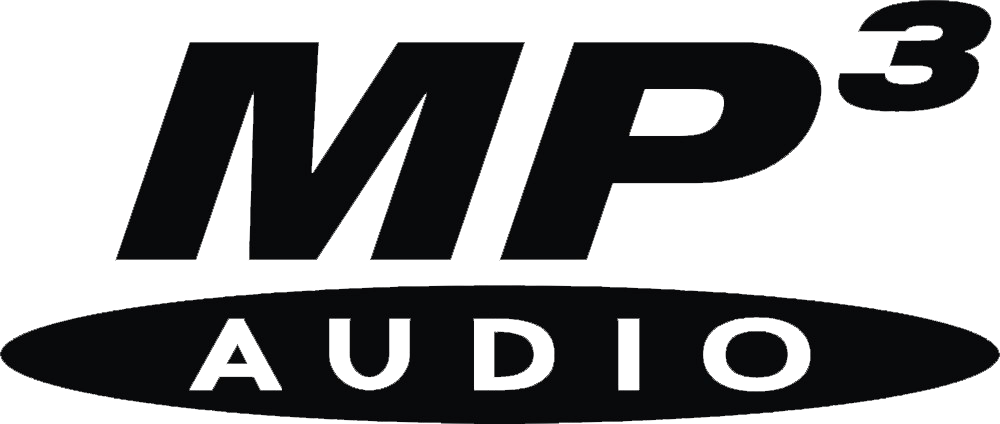"Download MP3 Audio" File of This Narration

If you've recently found yourself in the market for USB converters, you're probably wondering what kind of converter is right for you. While it's easy to become overwhelmed by the sheer volume of options currently available, don't fret. This article will explore various types of USB converters and help break down your options. If USB converters have piqued your interest, simply read on to learn everything you'll need to know.
USB to Serial Converters
If you're looking to run a serial port device through a USB port, look no further than a USB to serial converter. Simply attach the serial port connection end of the converter cable to the serial device of your choosing, then insert the USB connection end of the converter cable into one of your personal computer's designated USB ports and your serial device will operate as though it were a USB device. This particular type of USB converter works particularly well with older mice and video game joysticks, but it is generally not recommended for use with computer monitors. As most recently manufactured computers and laptops do not feature serial ports, this is arguably the most helpful type of USB converter. When shopping around for a USB to serial converter, make sure that the converter cable's serial port connection end is the same size as the serial port connection end of the device with which you wish to use it.
USB to Parallel Converters
If you intend to run a Parallel IEEE device through one of your computer's USB ports, a USB to parallel converter should be right up your alley. This type of converter works in much the same fashion as a USB to serial converter. The setup process is a simple matter of connecting the converter cable's parallel IEEE connection end to the parallel IEEE component of your choosing and subsequently plugging the converter cable's USB connection end into one of your PC's USB ports. Having made all the necessary connections, your parallel IEEE device will now be run through a USB port. This type of USB converter is used almost exclusively with older printers. When shopping around for a USB to parallel converter, take care to select one whose parallel IEEE connection end features the same number of connector pins as the parallel connection end of the device through which you wish to run it. Fortunately, this shouldn't prove too difficult, as your only two options are 25 pins and 36 pins.
USB to SATA Converters
If you'd like to run a SATA device through one of your PC's USB ports, a USB to SATA converter is just what you've been looking for. As is the case with any other type of USB converter, the installation process is a breeze. Simply connect the SATA connection end of the converter cable into the SATA device of your choosing, then insert the converter cable's USB connection end into one of your PC's vacant USB ports. This type of USB converter is generally used in conjunction with heavy-duty PC components, such as disc drives and hard disks, which is why many USB to SATA converters have a power supply included in their packaging.
Related articles :

No comments:
Post a Comment